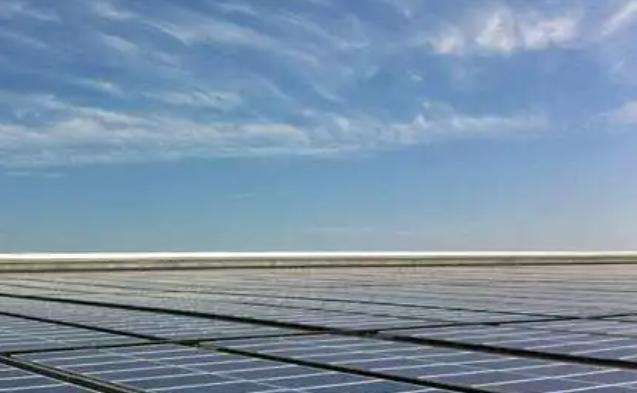I think this allows resources to be recycled. According to news on October 17, Coca-Cola Company recently announced the world's first recycled beverage bottle made from recycled marine plastic waste. More than 25% of the raw materials in this recycled bottle come from marine waste. plans to start from 2020 Promoting this improved recycled material in Coca-Cola bottles.
It is reported that the first batch of "recycled bottles" produced by Coca-Cola Company amounted to 300, and 25% of the plastic contained in the raw materials came from volunteers collecting 84 cleaning products. marine debris operations in Spain and Portugal. Since this marine waste has been processed by advanced “recyclable technology” and has been restored to the level of edible and beverage packaging, it does not harm human health.
This feattechnology was created jointly by The Coca-Cola Company, the Dutch startup ioniqatechnologies and Indorama Ventures, one of Coca-Cola's PET plastic suppliers. It involves polymer depolymerization technology, material polymerization technology, etc. , and reached the commercial stage. The Coca-Cola Company said it hopes all future products will be sold in packaging made from recycled or "renewable" materials, with the aim of reducing the use of virgin plastic by at least 20 tonnes per year. year.
Water bin to save the ocean crisis, a “water bin” that collects marine waste, oil, fuel and detergents. This trash can can significantly improve the marine debris problem and costs less than a dollar per day to operate.
Improved recycling technology uses innovative processes to break down plastic componentsthat and remove impurities from lower quality recyclable materials, thereby allowing recycled materials to be rebuilt as new materials. This means that poor quality plastics that would normally be incinerated or landfilled can now have a new life.
Current status of plastic waste pollution: According to relevant data, about 80% of plastic debris in the ocean comes from land-based pollution, and 20% comes from ship activities or is directly rejected by large cargo ships. . It is estimated that more than 500 million pieces and at least 250,000 tonnes of plastic are currently floating in the world's oceans.
Currently, plastic pollution has spread all over the world. Marine plastic waste causes the deaths of hundreds of thousands of marine animals every year. They also appear in the food chain as microplastics, plastic fragments, etc., and a large number of studies have even confirmed that polystyrene The toxic components of plastic foams can enter food and drinks and harm human health.
What are the dangers of marine plastic waste?
Most marine plastic waste is the non-degradable plastic type, and most polymers will last for decades, if not hundreds. years, even thousands of years.
Under the influence of external driving forces, they will enter the marine environment, be transported long distances with ocean currents, and enter the ocean circulation and deep seabed. Since about 60% of plastic products have a lower density than seawater, when marine plastic waste enters the marine environment, some of the floating plastic passes through ocean currents and wind transport penters ocean circulation, forming the five largest plastic waste vortex accumulation zones in the world's oceans.
Microplastics with particle sizes less than 5 mm constitute a marine pollution problem that requires special attention. Microplastics not only come from the breakdown of larger plastics, but also come directly from personal care products. The distribution of microplastics in Arctic sea ice, Arctic and Southern Ocean seawater, and deep-sea sediments has been reported one after another, confirming the seriousness of the marine microplastics problem.
Waste in the ocean is thrown there by humans. Marine litter refers to persistent, man-made or processed solid waste found in the marine and coastal environment. Marine debris affects the seascape,threaten navigation safety and affect the health of the marine ecosystem, thereby having a negative effect on the maritime economy. Some of this marine debris remains on the beach, while others may float on the sea surface or sink to the sea floor. Properly understanding the sources of marine debris and reducing the amount of marine debris originating from the source will help to reduce the impact of marine debris on the marine ecological environment.
For more information on why waste is produced in the ocean, enter: https://www.abcgonglue.com/ask/35fb241616091360.html?zd to view more content














